The FIAP Framework
Stakeholders
A FIAP is an organisation wide plan and therefore should aim to identify actions which will better serve and address the needs of four main stakeholder groups:


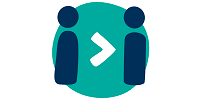

FIAP Action Areas
FIAP Actions are categorised into four action areas:

Products and Services
Provide fair, affordable and accessible products and services.

Financial Capability
Foster organisational culture to enhance financial capability of staff, customers and the community.

Understanding of Financial Vulnerability
Investigate, advocate and collaborate for improved responses to financial vulnerability.

Economic Security
Remove barriers and provide opportunities for economic security, equality, and growth.

Outcomes – Theory of Change
All FIAP Actions are mapped into a Theory of Change developed in conjunction with CSI UNSW.
The FIAP Journey
There are three FIAP levels that an organisation progresses through on their financial inclusion journey.
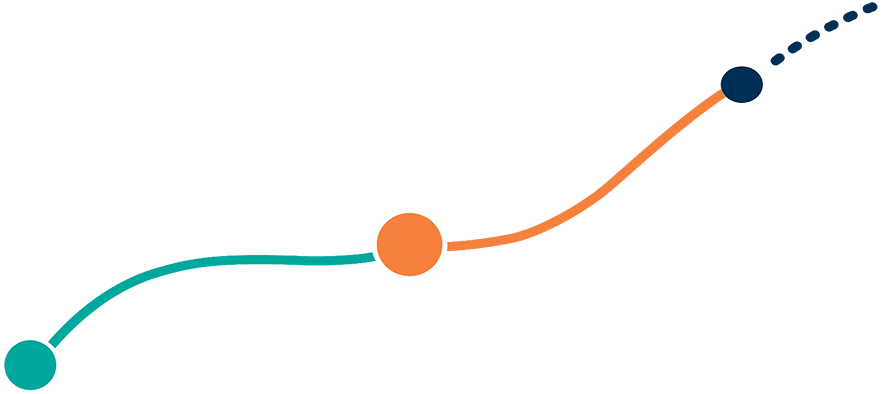
Foundation
The first step is a 12-month commitment to deepening your organisation’s understanding of issues related to financial hardship and resilience; and to explore what your role is in promoting financial wellbeing amongst the stakeholders of your organisation.
The Foundation FIAP is broad in focus and allows an organisation to identify actions aligned to its business strategy and sphere of influence, act and learn; and critically, begin to build organisation capacity to do this work.
Build
With a longer timeframe of 2-3 years, a Build FIAP allows your organisation to reflect on the actions taken as part of the Foundation FIAP, and to explore further your unique vision for promoting financial inclusion.
With an increased focus on measurable outcomes, what will become business as usual as part of your organisation’s strategy? Where would the organisation like to stand out and take a leadership role in helping to promote financial wellbeing in Australia?
Extend
At the final level, the Extend FIAP is for organisations that have established a strong internal approach towards promoting financial wellbeing and are ready to take a leadership role in advocating for and influencing broader systems change to promote financial wellbeing in Australia.
'Foundation' FIAP: The First Step
Organisations joining the FIAP program start with a Foundation FIAP. Good Shepherd works with new members to identify current actions to improve financial inclusion and wellbeing, and develop a twelve-month commitment to action based on this starting point. These plans will often include actions aimed at improving responses to customer vulnerability, increase staff awareness and understanding, and identify gaps that can be addressed in future plans.
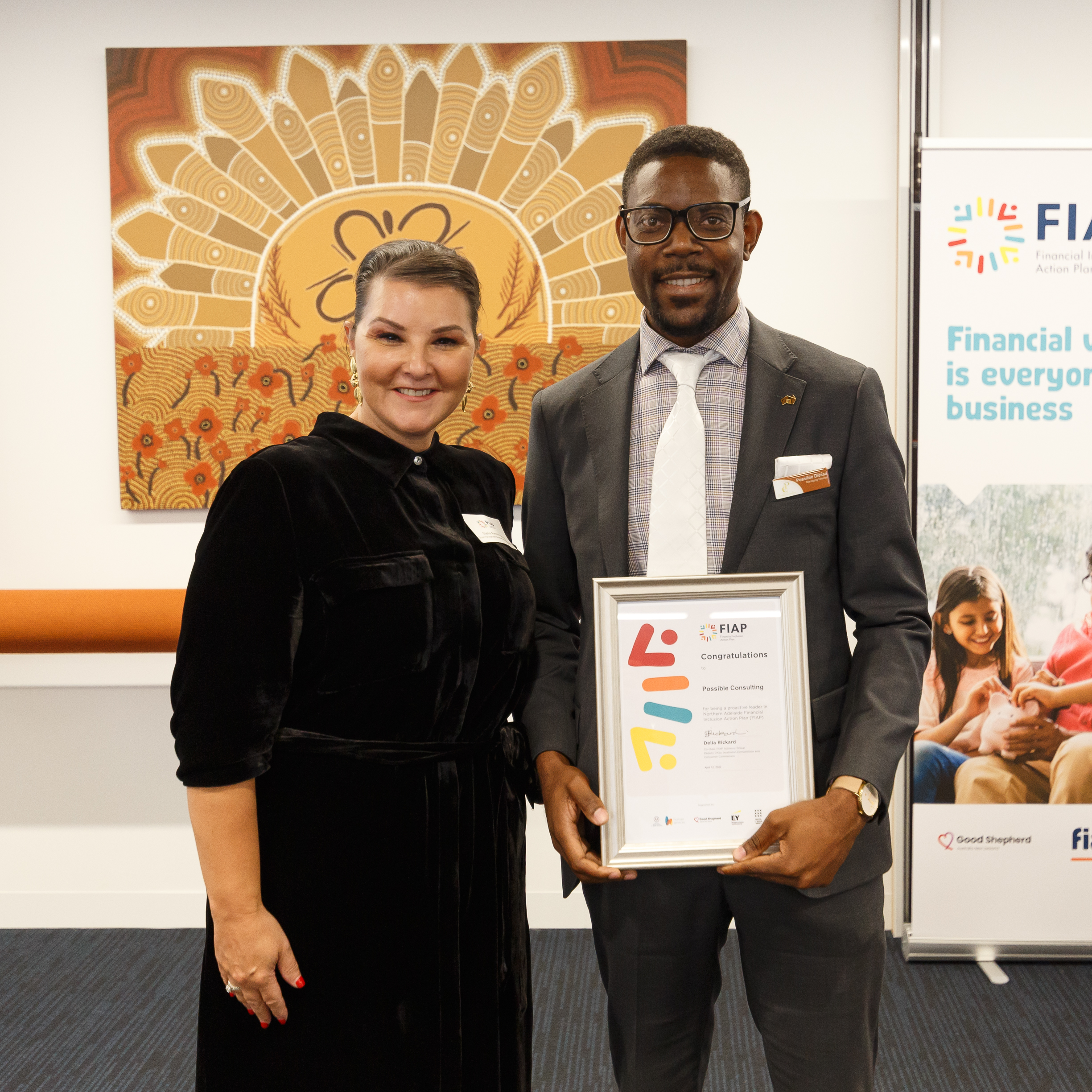
Become a new FIAP Member

Learn about financial wellbeing and be part of a vibrant community dedicated to improving it.
'Build' FIAPs: Leadership Actions and Core Commitments
Build FIAPs have a timeframe of 2-3 years, with annual progress verification. Actions are developed with the long-term outcome of financial wellbeing in mind. Build FIAPs have two components: Core Commitments and Leadership Actions
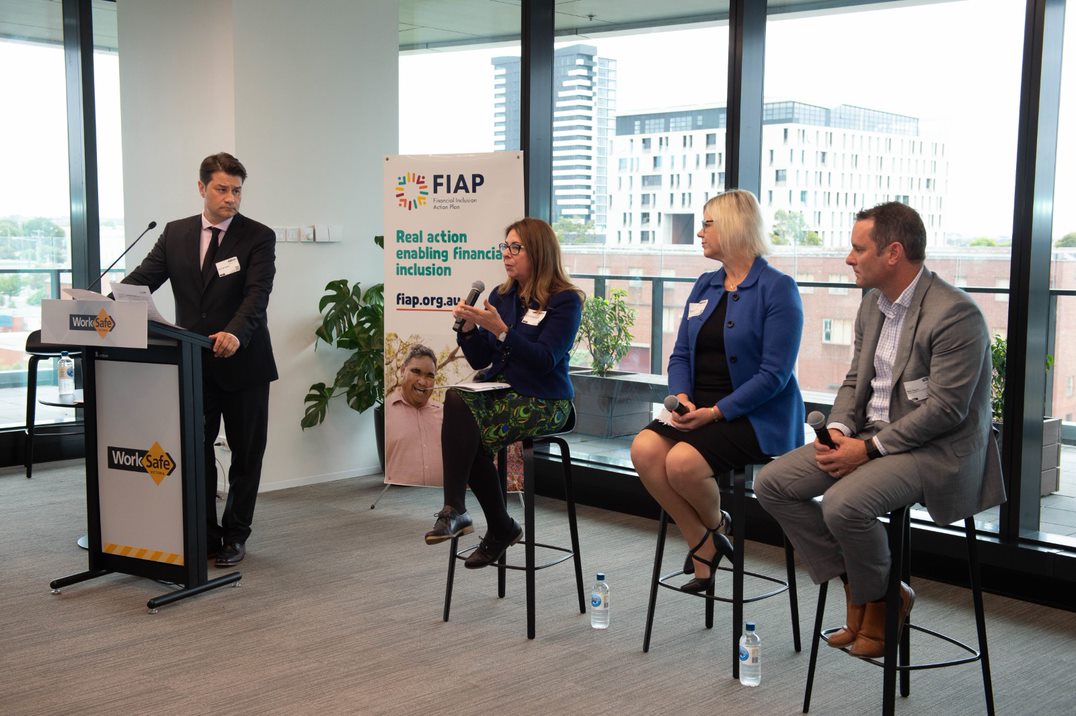
Core Commitments
-
Actions that you commit to embed into your future business as usual practice.
-
Can be existing, changed, or new actions.
-
Must detail specific actions to support Core Commitments.
-
Choose actions across existing categories in each of the 4 FIAP Action Areas
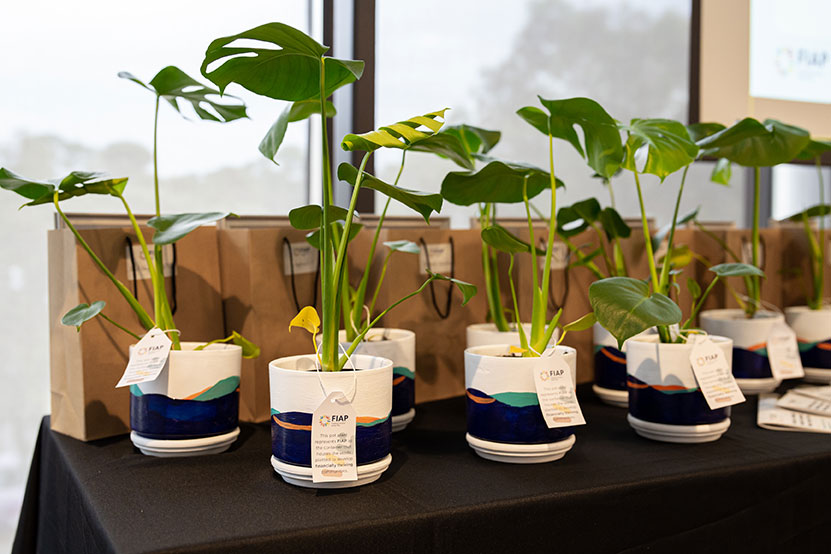
Leadership Actions
-
Deeper commitments that extend financial inclusion beyond the Core Commitments.
-
Key communication tool – actions that lend themselves to case studies or stories. Must have clear targets and metrics.
-
Must commit to measurement over the FIAP period, in case data is not available at the start of Build FIAP.
Build FIAPs - Core Commitments
Organisations starting a Build FIAP use the following Core Commitments as a guide to develop their actions.
Provide fair, affordable, and accessible products and services.
Develop and communicate Hardship Policies and Frameworks that meet the needs of staff, customers and community.
Encourage savings and the creation of savings buffers through product design and delivery
Offer or support affordable, accessible and appropriate credit products for people on low incomes
Offer or support affordable, accessible and appropriate insurance products
Develop and implement programs to encourage appropriate consumption, spending, and usage
Develop and implement programs that address barriers to access faced by those experiencing financial vulnerability
Develop and implement systems that allow for early identification and intervention to avoid financial hardship
Provide products and services targeted for the needs of specific groups, i.e. for people with a disability, mental health, elderly, Indigenous, culturally diverse, remote, or those who are digitally excluded
Ensure general product and service information is communicated to vulnerable groups
Foster organisational culture to enhance financial capability of staff, customers and the community.
Develop and implement programs for staff to increase understanding of personal financial inclusion and wellbeing
Provide programs to enhance the financial capability of customers, suppliers and community, especially those who are financially vulnerable
Partner with external organisations that enhance financial capability in the community (e.g., financial counsellors, community organisations)
Provide programs that aim to influence behaviour for increased financial wellbeing
Investigate, advocate and collaborate for improved response to financial vulnerability
Collaborate and support evidence-based approaches that add to the broader knowledge base and understanding of financial vulnerability
Develop and implement programs to increase staff understanding of customers’ financial vulnerability
Use evidence-based approaches that incorporate an understanding of financial vulnerability to impact decision making
Advocate for broader awareness and understanding of financial vulnerability
Develop and implement complementary action plans (e.g., Reconciliation, Diversity) that address issues of financial inclusion and wellbeing for targeted groups
Engage and collaborate with other stakeholders, including community organisations, to identify appropriate pathways and tools for support for vulnerable groups
Remove barriers and provide opportunities for economic security, equality, and growth
Offer services to support the economic security of staff who may experience financial vulnerability
Offer direct employment programs that address the needs of financially vulnerable groups
Support programs that increase employment opportunities and support for those entering employment
Support education programs for people who may otherwise experience financial vulnerability
Develop and implement social procurement programs
Develop and implement programs that increase access to stable housing for financially vulnerable people
Promote economic equality (e.g., Superannuation policies for staff that address gender such as continuing to pay super during parental leave)
